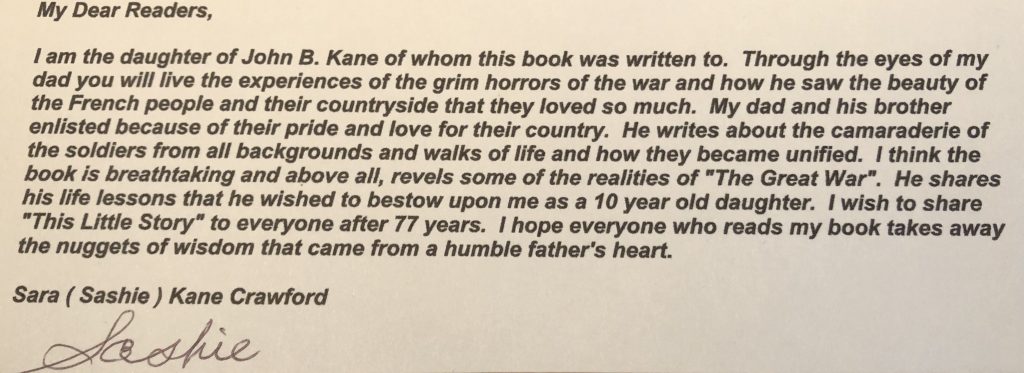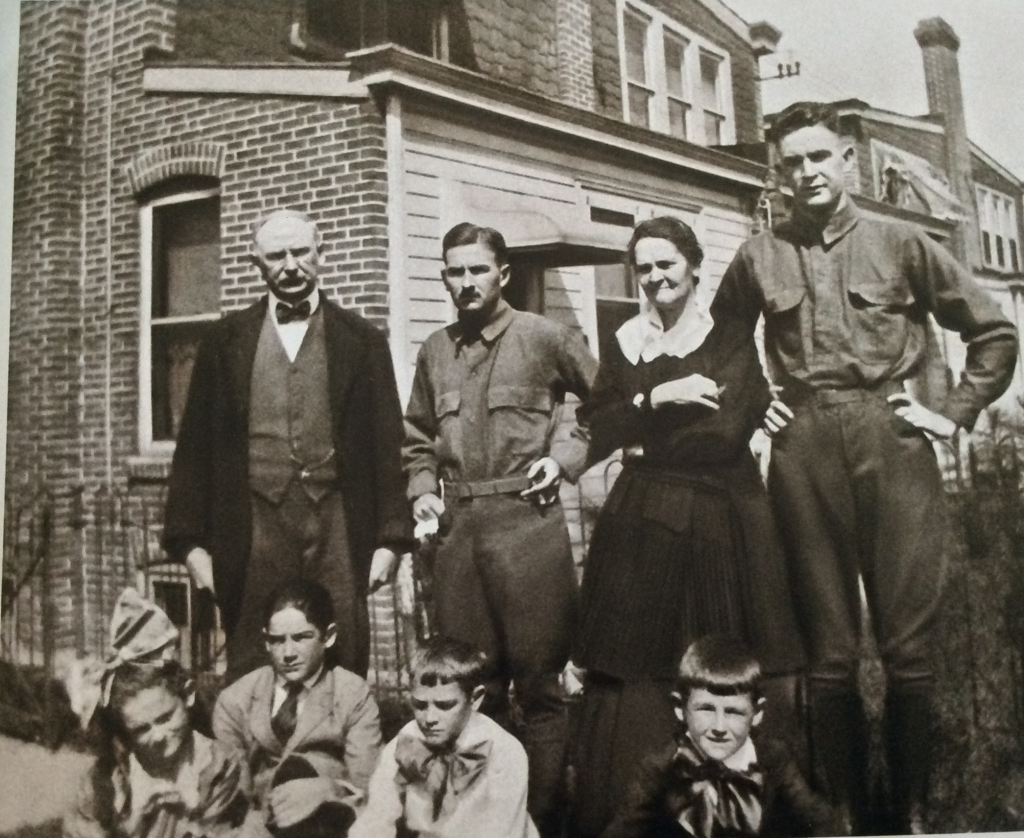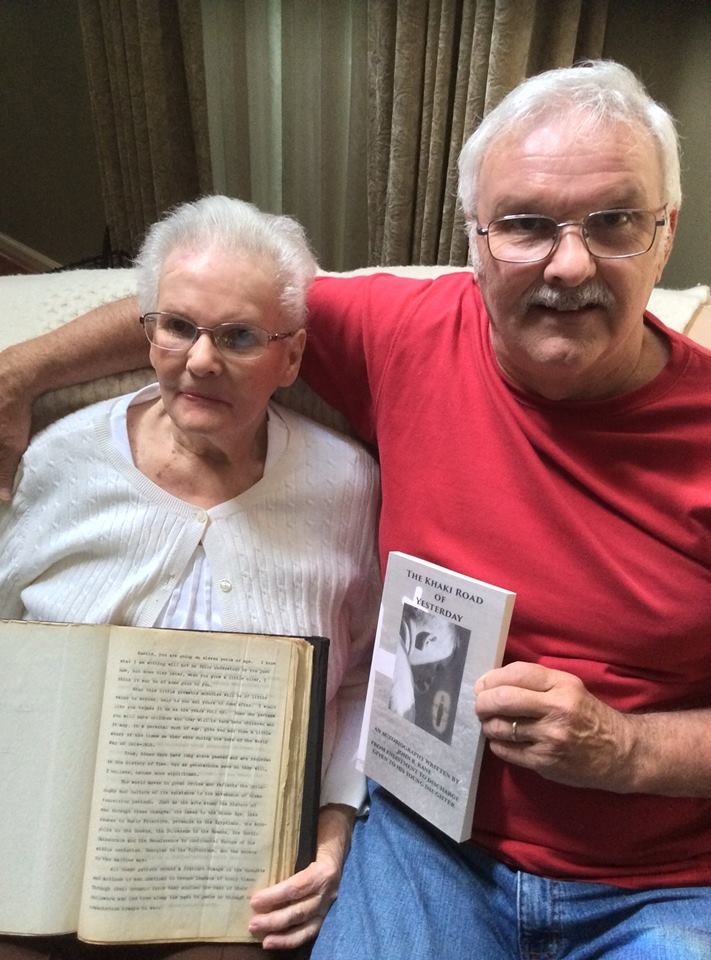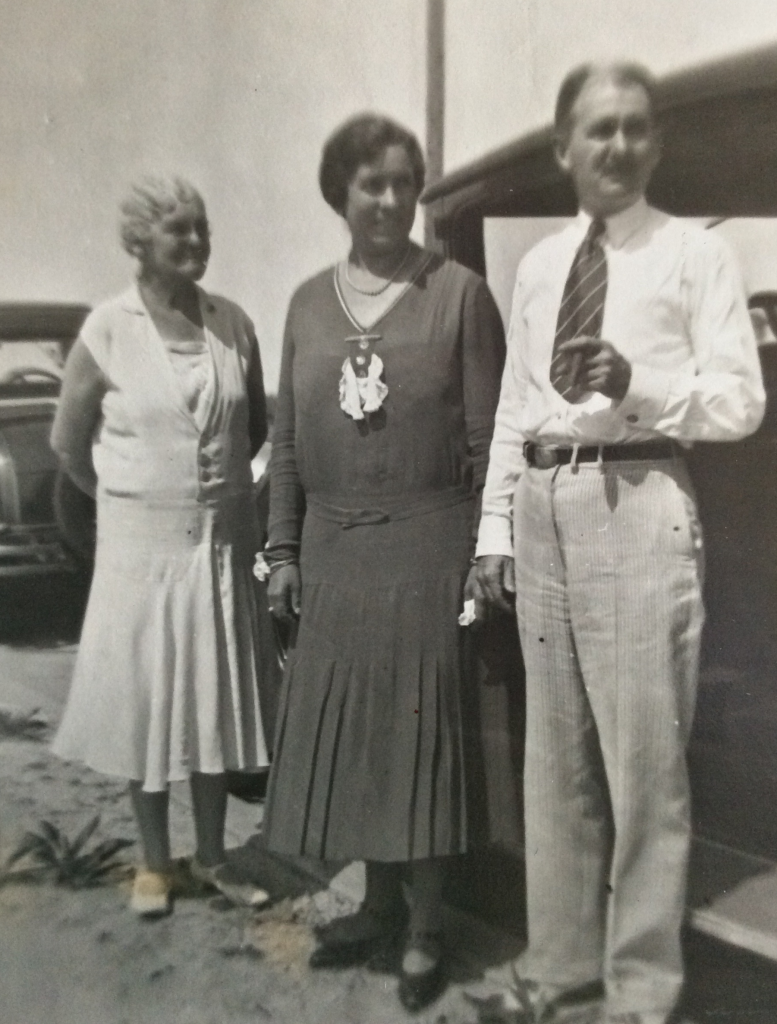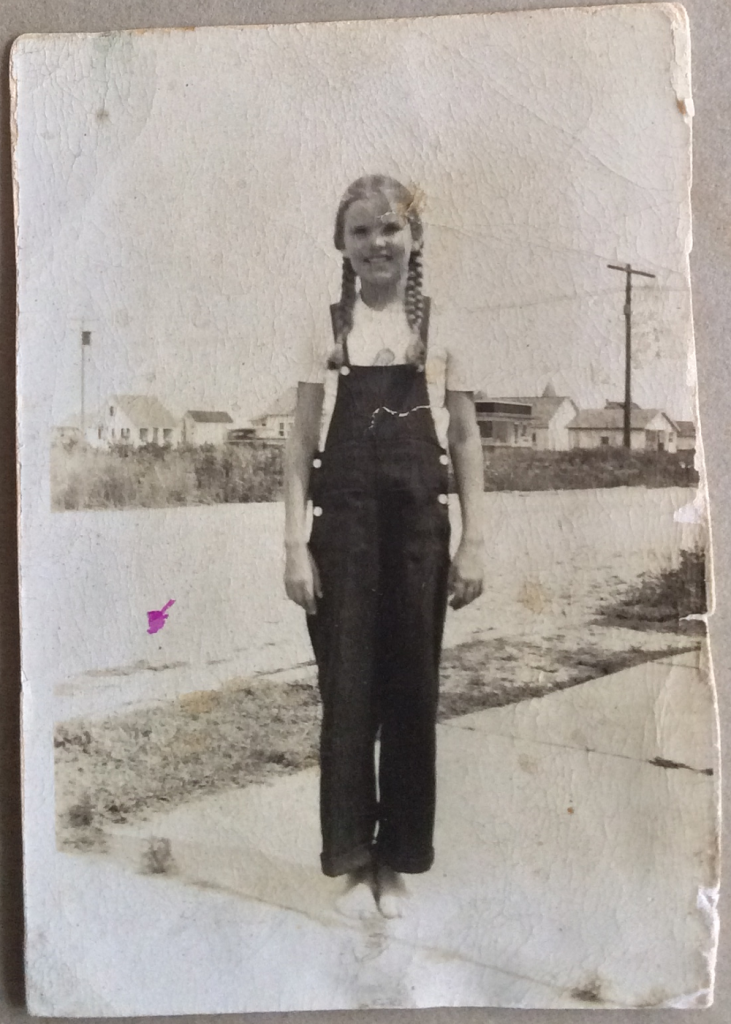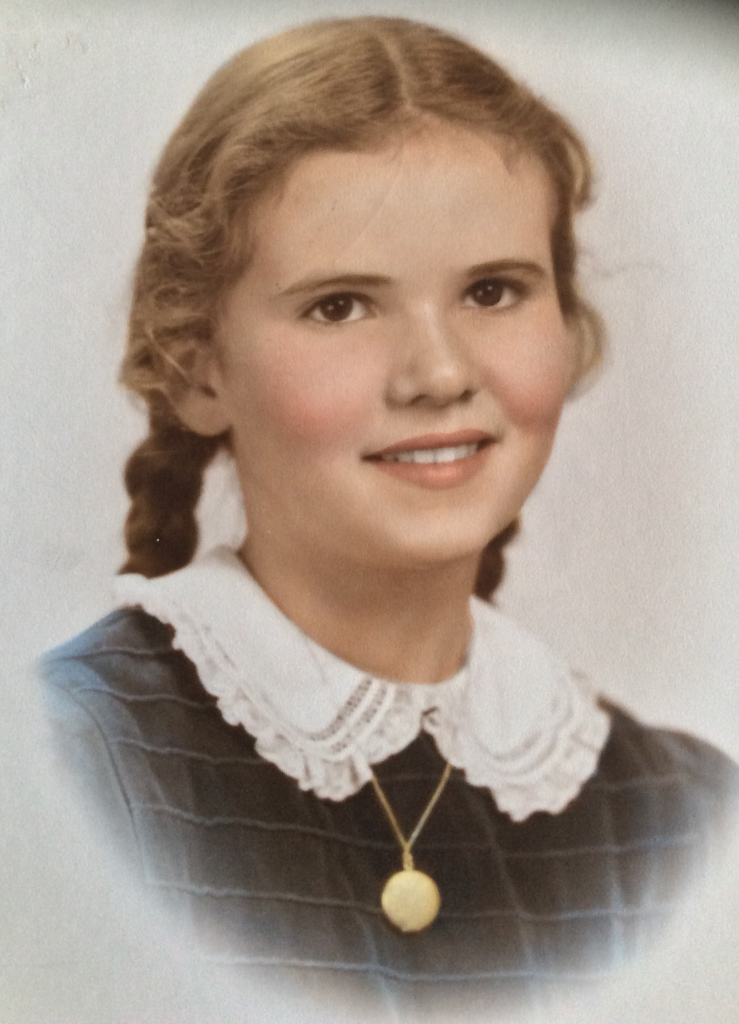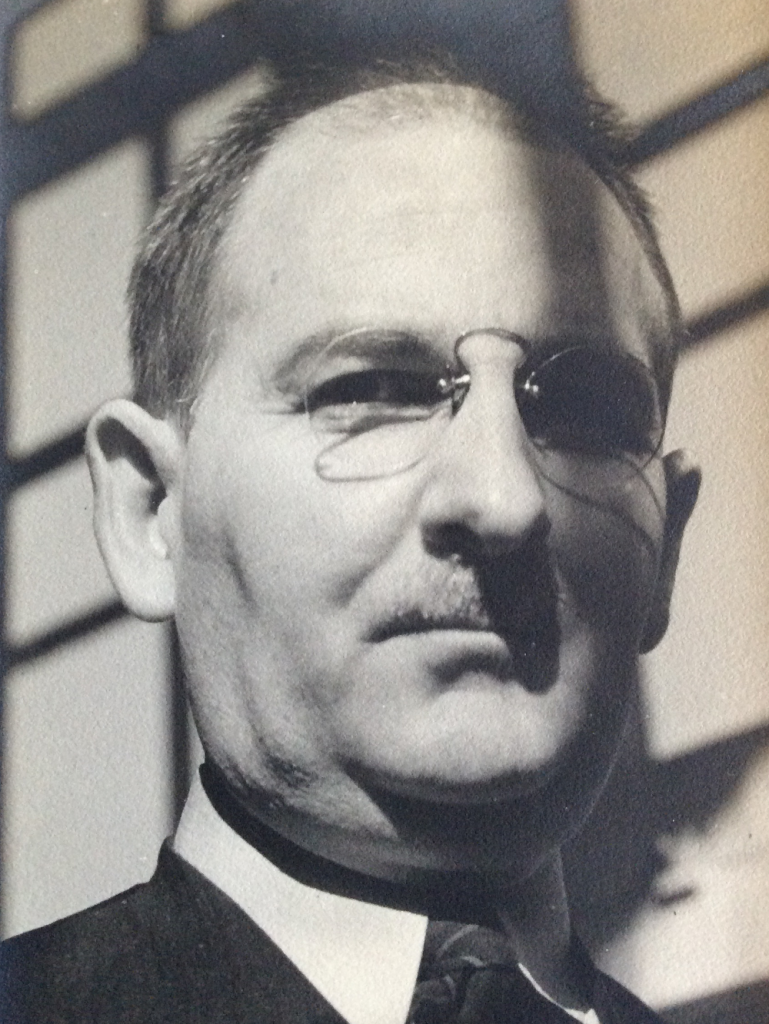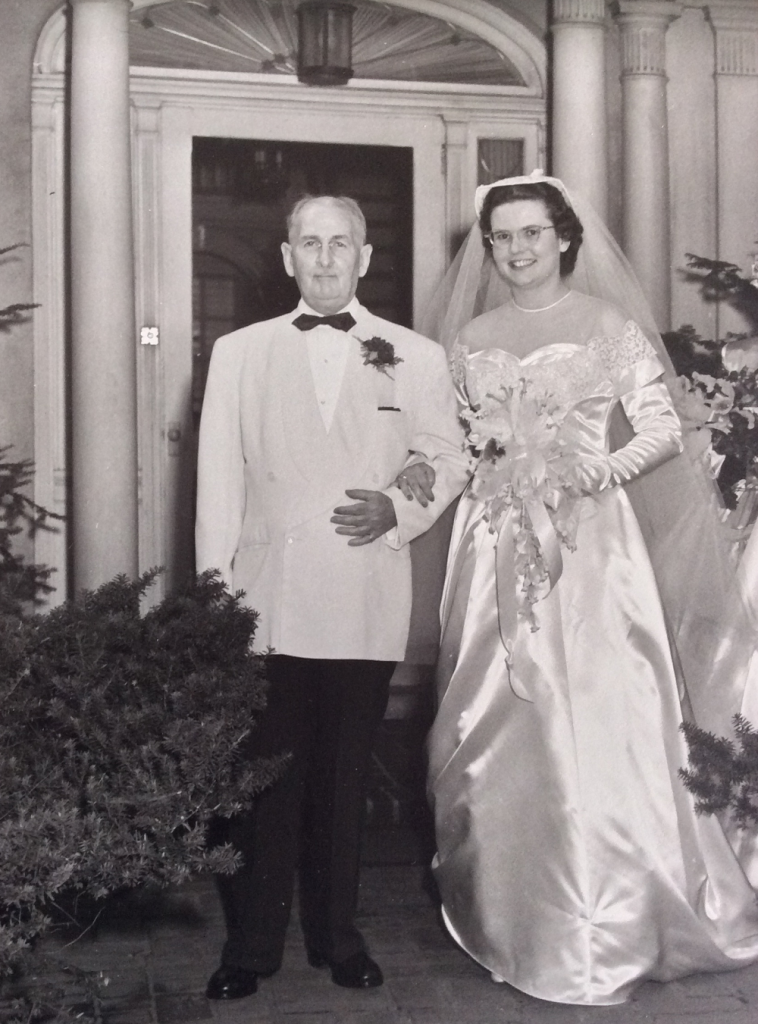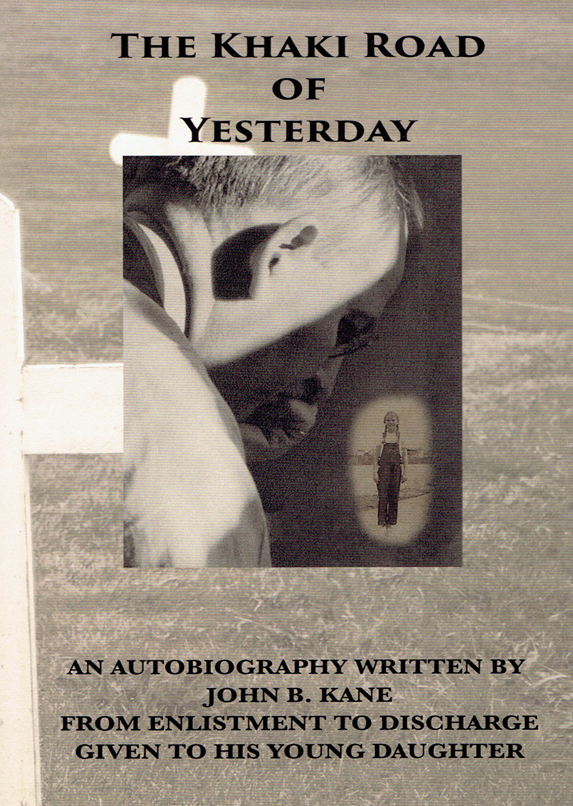I was approached through my website by Gus and LaWanda Zimmerman, about a book written by his grandfather, who describes his soldiers live during the first world war in France. In this email Gus describes a story that moved me immediately.
John did not speak of his time in France for twenty-two years, but when the Second World War broke out in 1940, he began to write the story on paper.
Gus asks me if I want to read the book, and I really want that! A week later the beautiful book falls on my doormatReview;
The book is written by John B. Kane to his ten year old daughter “Sashie”. The author “John” describes his experiences in a light-hearted tone, taking into account the age of his daughter.
His life in France mainly takes place behind the front lines, commissioned by the newly established “Graves Registration Service” who can use his skills as an architect to find suitable places to bury fallen American soldiers, and draw the cemeteries.He often ends up in dangerous and life-threatening situations. Through the rules you also read the horrors he has seen and experienced there, and that leaves a huge emotional impression on a person.
In the book he gives his daughter wise life lessons. What I remember the most are the words he speaks to Sashie,
“The structure of war, Sashie, is built on lies, intrigue, cruelty, propaganda, and artificial hatred.” And, “People are eager to inherit synthetic success, so try to keep selfishness, jealousy, and greed for power out of your heart,” which he called “the treacherous trio.”
The book leaves a huge impression on me, because the story of John as it was there at the front in 1918 was “degrading and hell”. But what he also shows in the book is that life behind the front is almost normal. And he writes that in his letters to his Mother. Of course not to worry her.I can recommend this autobiographical story to anyone, The Testimony of “John,” described so well. He has witnessed all the fronts that the Americans fought in France. For instance; st Mihiel, Montsec, Argonne and the Marne. After November 11, 1918, “end of the First World War”, he had to check the Argonne region for months to see if all the American soldiers who were killed were buried. All these young men are later buried in the large American cemetery near the village of Romagne sous Montfaucon.
After 100 years, the book gives us a picture of how young men were used in a meaningless war. John also did not understand that twenty-two years later the world was in war again. And that was the reason to put his story on paper in 1940.
I want to thank Sashie for sharing her father’s story with me.
Ronald CosseeThe Khaki Road of Yesterday by John B. Kane may be purchased though Amazon
The construction of the American cemetery 1918 Romagne sous Montfaucon
AGRS “PDF American Graves Registration Service“
Kane Family 1917: John Kane Sr., John B. Kane, Mary Kane, James Kane, and younger siblings. Six of the twelve children had previously died. Picture taken Oct. 1917 prior to John B. and James leaving for France.
A brief description of the book.
An autobiography/memoirs about a young man, John B. Kane who enlist in the Army with his brother Jim. As an original member of the newly formed organization in the US Army “Graves Registration Service”,he would use his skills as draftsman plotting the graves of the American fallen soldiers creating the first American cemetery on foreign soil. He unfolds his experiences in France during WWI, including a short romance with a French maiden and receives Commendation from General Pershing for working under heavy shell fire and gas while plotting addition cemetery space. When he returns home after 22 months of service, he meets a young widow “Sara.” They marry and he becomes a well known architect in Philadelphia. He writes this book for his 10 year old daughter “Sashie” in 1940. Sashie is now 89 years old and lives in Cary, NC.
Sarah “Sashie” Kane Crawford (left) holds the original typewritten manuscript that her father John B. Kane wrote for her about his World War I military experiences. Her son Gus Zimmerman holds a copy of The Khaki Road of Yesterday which he and his mother produced from her father’s work.
By Joel Brown
CARY, North Carolina (WTVD) — World War I has too often been forgotten by history. And when John Kane returned from combat in 1919, he never spoke about it.Stay on top of breaking news stories with the ABC11 News AppUntil 1940 – when Kane wrote a manuscript for a book that sat in a drawer for 77 years.Kane’s story is finally being told.“(My father) never talked about the war to my mother and I, (we) knew nothing about it,” said Kane’s daughter Sara, who goes by “Sashie.”
The Khaki Road of Yesterday: My grandfather’s WWI book
By Gus and LaWanda Zimmerman.
My grandfather, John B. Kane-an architect who lived in the Philadelphia area, died when I was twelve years old. He never discussed his time in the service during WW1. When my mother was an adult, she discovered a book he wrote to her when she was ten years old. The “little story” was typed on fragile onion skin paper, written as though he were telling his young daughter stories about his military service.
My mother’s name is Sara “Sashie” Kane Crawford. She became Sashie because her mother’s name was also Sara, so my mother’s nickname became Sashie from her dad.
We speculate he wrote the book because WW2 was just starting, and he couldn’t imagine how the leaders would allow such monumental sacrifice to occur again.
WWI was the first time Americans fought overseas, consequently resulting in the formation of the Graves Registration Service. His drafting experience was put to good use by designing and plotting the first of many American cemeteries in France.
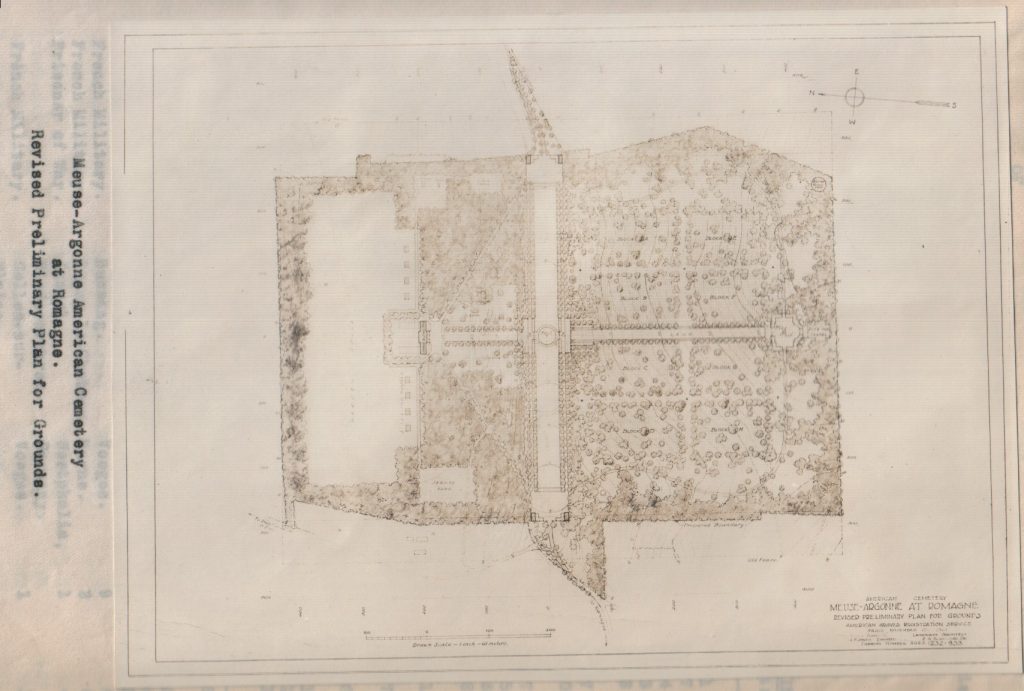
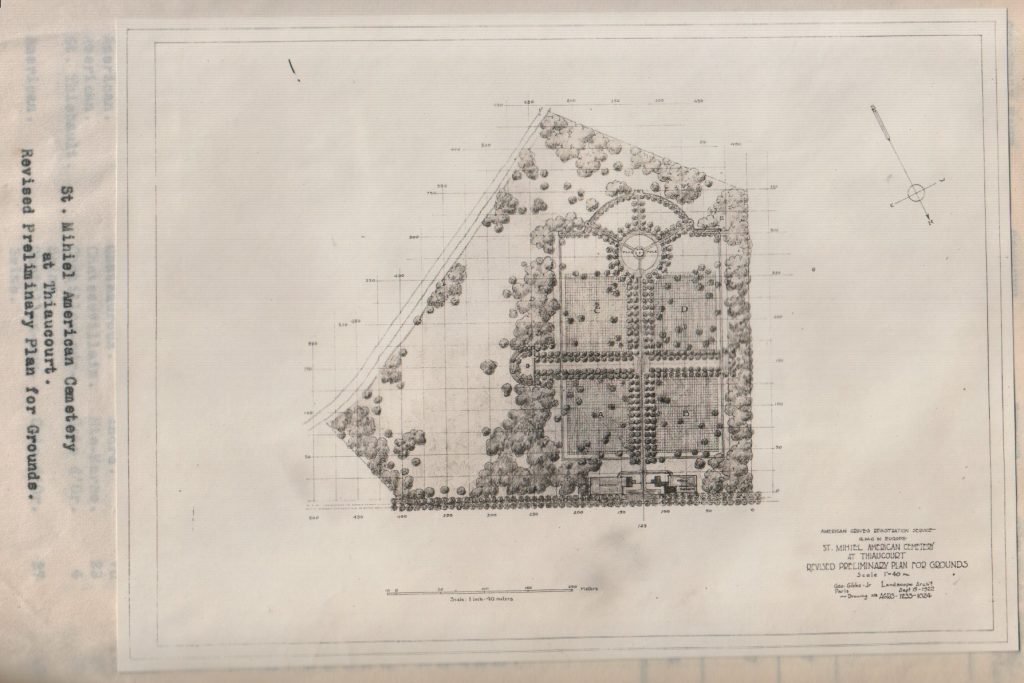
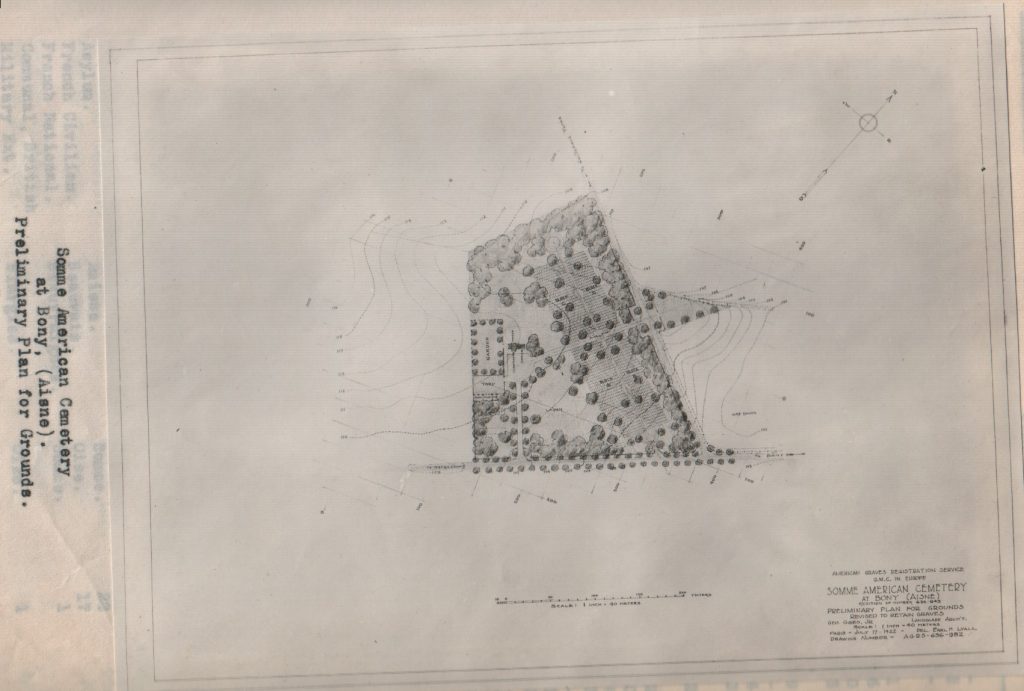
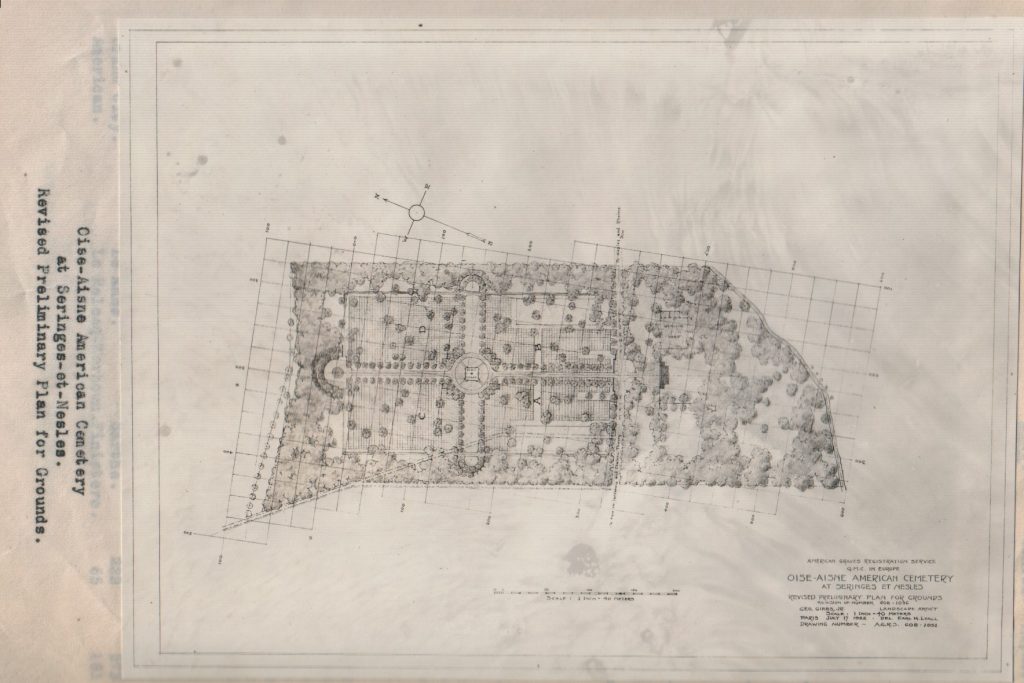
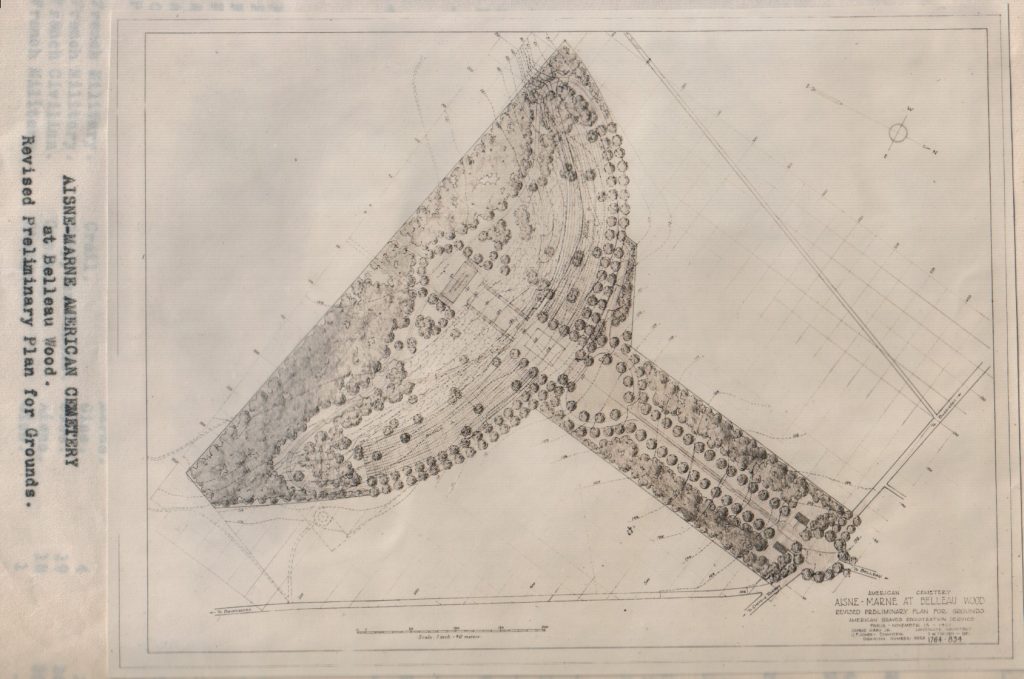
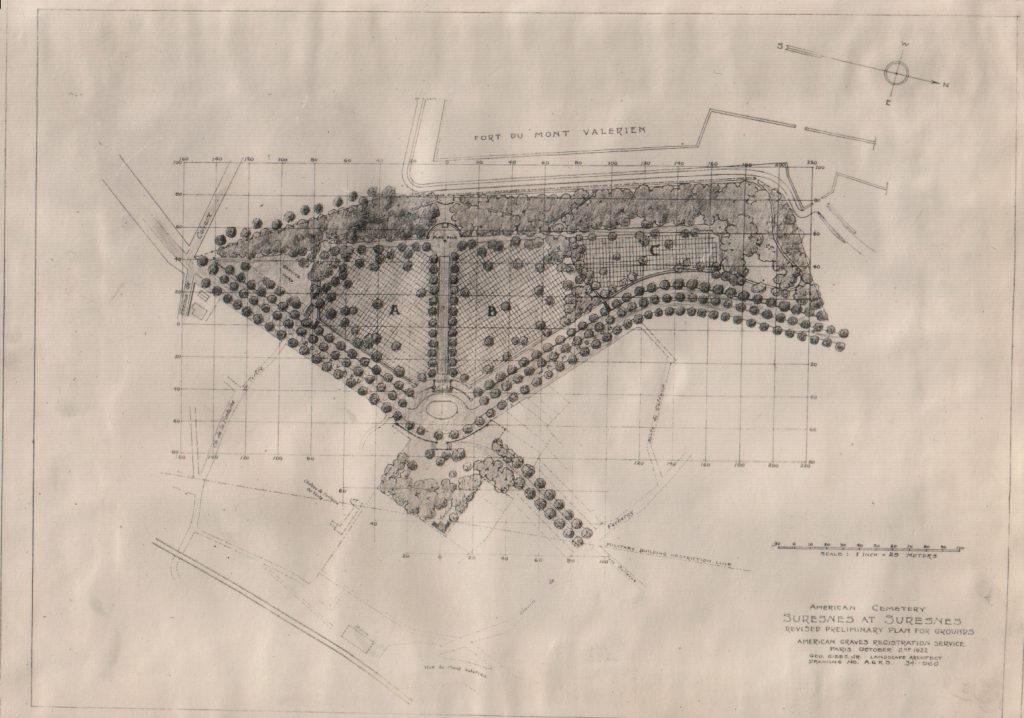

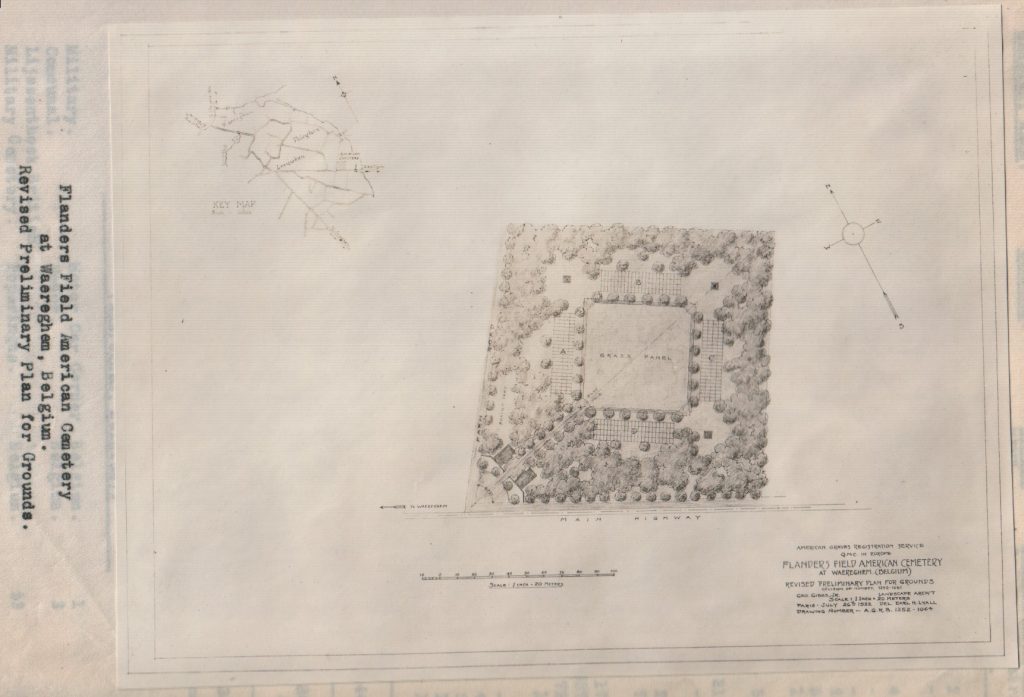
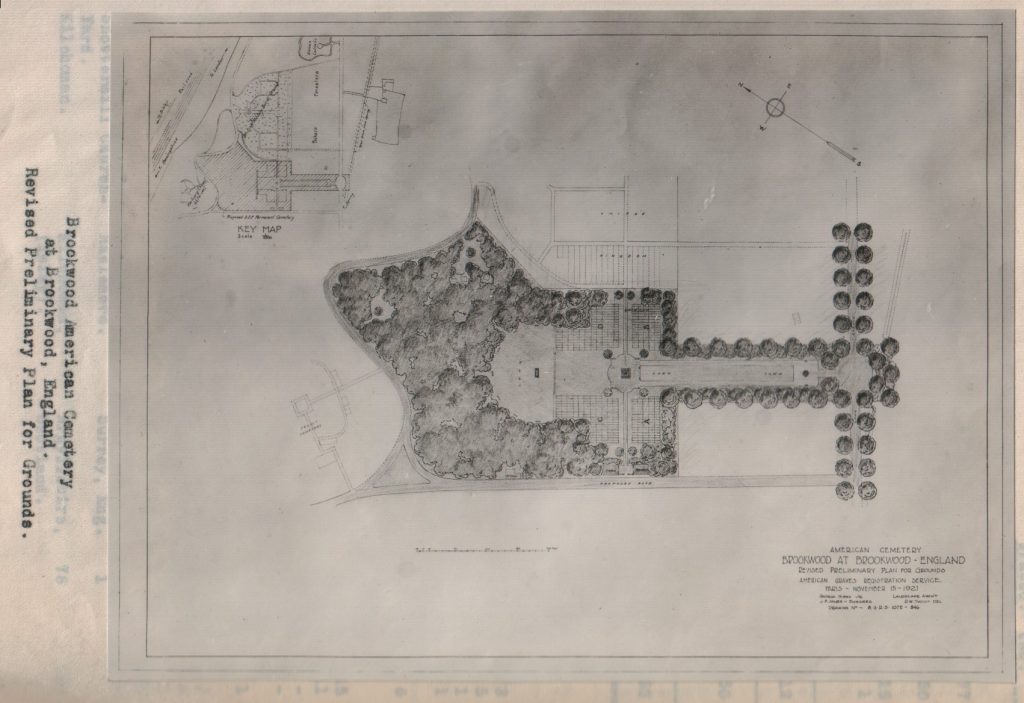
When I first read my grandfather’s book, learning of events taking place one hundred years ago, I realized he could be reporting on the current events of today. In each chapter he explains the lessons he wanted his daughter to learn. In the book, he writes, “People are eager to inherit synthetic success, so try to keep selfishness, jealousy and greed for power out of your heart,” what he called “the treacherous trio.”
He met a prisoner and wrote, “I do not want to impress upon you that bad men should not be punished for what they do against society. What I do leave you with is this … do not judge persons too harshly. Remember, all persons who walk the streets and enjoy the freedom of the laws are not good people, and all people behind bars are not bad people. So, do not be critical in your appraisal of people who have slipped from the crown of the road, just remember we all have a long way to travel in this ever-changing path”.
One of my favorite stories my grandfather shared in his book was the day he arrived at boot camp. His sergeant inspected his suitcase and said, “Whadda you guys think this is, a hotel or watering place? Just because it’s along the water, don’t think it’s a Coney Island.” His suitcase contained “socks, underwear, pajamas, sport trousers, silk shirts, and neckties galore.” The sergeant “wanted to know where my golf sticks and slippers were.” “With all the vehemence I could command, I said, ‘My mother packed that suitcase.’ He saw how I was disturbed, and his old army heart softened somewhat. He grabbed me by the arm. ‘O.K., Buddy, I know. My mother is just the same. Ain’t they all the same, but hell, what a job they give me at this inspection post”.
Without his book I would have never learned the wisdom of my grandfather during the prime of his life. He was honored to wear his uniform and represent his country. The dignity and respect shown for the fallen is so heartwarming. “Being a soldier broadens your mind and strengthens your character, but the discipline is the great leveler, it makes you lose that air of self-importance that so easily creeps into your system in civil life. You soon learn to realize you are one of many gathered for one objective.”
I am grateful for the opportunity to read his experiences and his commentary from WW1. His last sentence of his book reads, “The twine is unraveled, the spool is bare, and now I turn it over to you to pass along the journey of life.”
The Khaki Road of Yesterday by John B. Kane may be purchased though Amazon
1934: standing in front of 1929 Packard, John B. Kane with his mother Mary Kane,and wife Sara Kane, at the Surf City, Long Beach Island
July 6,1939, Sashie with her dad John B. Kane in their backyard.
September 6, 1940 “Sashie” ten years old at Long Beach Island, NJ.
1940 “Sashie” ten years old
John B. Kane, Philadelphia architect at age 47, 1940.
Sarah “Sashie” wedding day with her dad John B. Kane June 7,1952 at her home in Fox Chase, Philadelphia.
Source; United States World War One Centennial Commission web site


